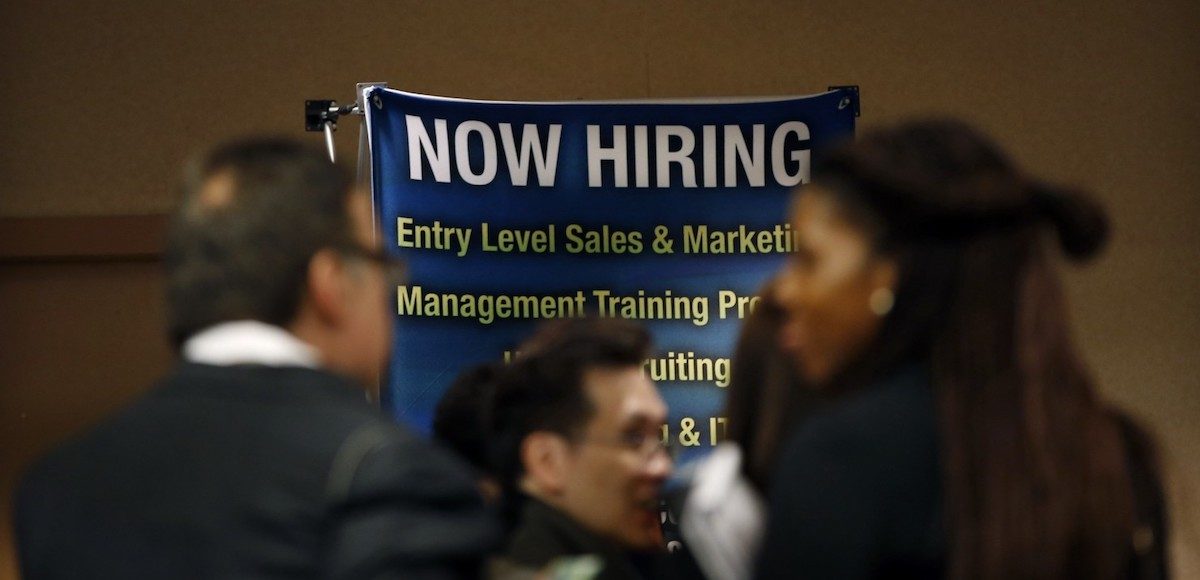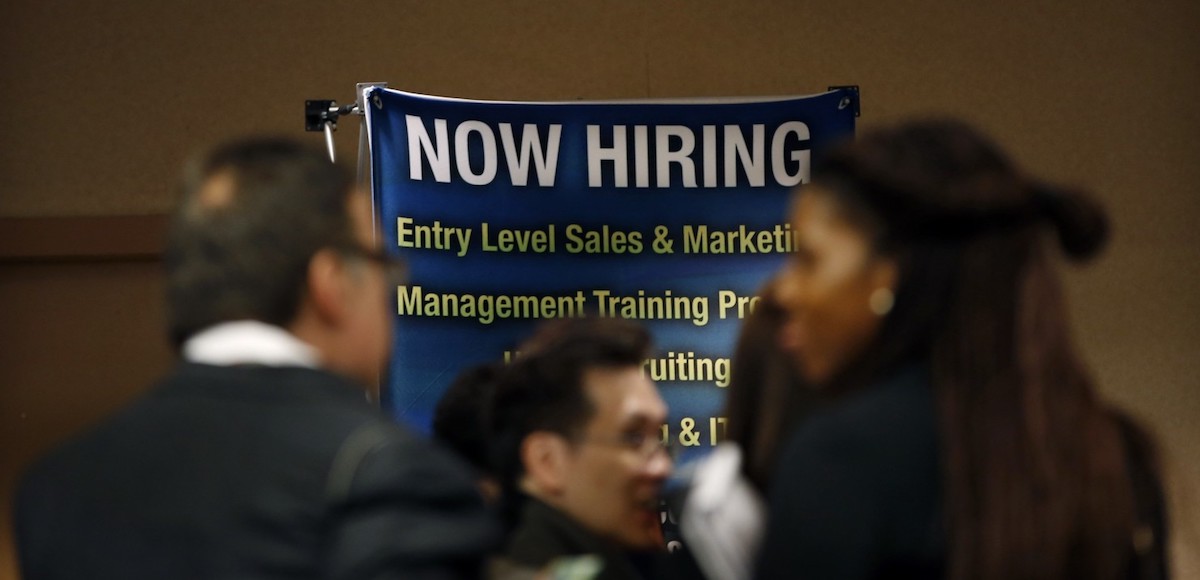

Job seekers wait to meet with employers at a career fair in New York City, October 24, 2012. (Photo: Reuters)
The Labor Department via the Bureau of Labor Statistics (BLS) released the January jobs report and it easily beat expectations. The U.S. economy created 200,000 jobs, beating the 175,000 median forecast.
The unemployment rate remains unchanged at 4.1% for the fourth consecutive month. It fell to that level in October 2017, the lowest since December 2000.
The labor force participation rate remained unchanged at 62.7%, as did the employment-population ratio at 60.1%.
Construction added a very solid 36,000 jobs in January, fueled largely by specialty trade contractors (+26,000). Employment in residential building construction continued to trend up over the month (+5,000). Over the year, construction employment has increased by a whopping 226,000.
Worth noting, the U.S. Census Bureau report on construction spending has been very strong over the last year, with significant gains in the latter half of 2017.
Manufacturing also continued to move on an upward trend (+15,000), one that has materialized under the Trump Administration and reversed net losses under the Obama Administration. Durable goods industries added 18,000 jobs. Manufacturing has added 186,000 jobs over the past 12 months.
There is little doubt that we are beginning to experience wage increases, as the U.S. economy begins to create higher-paying jobs outside of the services sector. Wages have now risen to a cyclical high on an annual basis.
In January, average hourly earnings for all employees on private nonfarm payrolls rose by 9 cents to $26.74, which follows an 11-cent gain in December. Over the year, average hourly earnings have risen by 75 cents, or 2.9%. Average hourly earnings of private-sector production and nonsupervisory employees increased by 3 cents to $22.34 in January.
“The increase in wages is probably not due (yet) to the tax cut because company announcements of higher bonuses are not captured in the earnings data,” Wall Street economist and CNBC contributor Joseph A. LaVorgna said. “But we will see it in the quarterly employment cost index and compensation per hour figures.”
The government jobs report follows the ADP National Employment Report, which showed the U.S. private sector added 235,000 jobs. The firing rate, measured by the weekly number of first-time applications for jobless/unemployment claims, has fallen to the lowest level since 1972 in recent weeks and continues to hover at historic lows.






Lisa Ward / February 2, 2018
Don’t want to sound like a broken record, but can you imagine if these economic milestones were occ… https://t.co/pqoLjZoarQ
/
Nicnamered / February 2, 2018
If the Left media wants to credit Obama…let them.
All I know is confidence in America was never a… https://t.co/iMFZYxQuB0
/